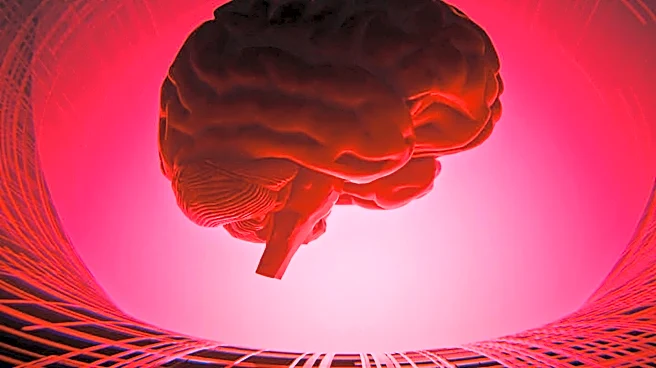What's Happening?
Researchers from the University of Cambridge, UCL, the Francis Crick Institute, and Polytechnique Montréal have developed a new imaging technique that allows for the visualization and analysis of protein clusters in human brain tissue. This breakthrough
focuses on alpha-synuclein oligomers, which are believed to be the initial triggers of Parkinson's disease. The method, known as ASA-PD (Advanced Sensing of Aggregates for Parkinson's Disease), uses ultra-sensitive fluorescence microscopy to detect these protein clusters, which were previously undetectable. The study, published in Nature Biomedical Engineering, provides a comprehensive atlas of protein changes across the brain, offering new insights into the early stages of Parkinson's and potentially other neurodegenerative diseases like Alzheimer's and Huntington's.
Why It's Important?
This development is significant as it provides a new tool for understanding the early stages of Parkinson's disease, which affects millions globally. By identifying the presence and characteristics of alpha-synuclein oligomers, researchers can better understand how Parkinson's develops and spreads in the brain. This could lead to earlier diagnosis and more targeted treatments, potentially slowing or halting disease progression. The ability to visualize these protein clusters in human brain tissue represents a major advancement in neurological research, offering hope for improved therapeutic strategies for Parkinson's and similar diseases.
What's Next?
The research team plans to apply this imaging technique to study other neurodegenerative diseases, such as Alzheimer's and Huntington's. By mapping protein changes in the brain, scientists aim to identify specific cell types and regions affected by these diseases. This could lead to the development of targeted therapies that address the root causes of neurodegeneration. Additionally, the method's success may encourage further research into the molecular mechanisms of other neurological conditions, potentially leading to breakthroughs in treatment and prevention.













